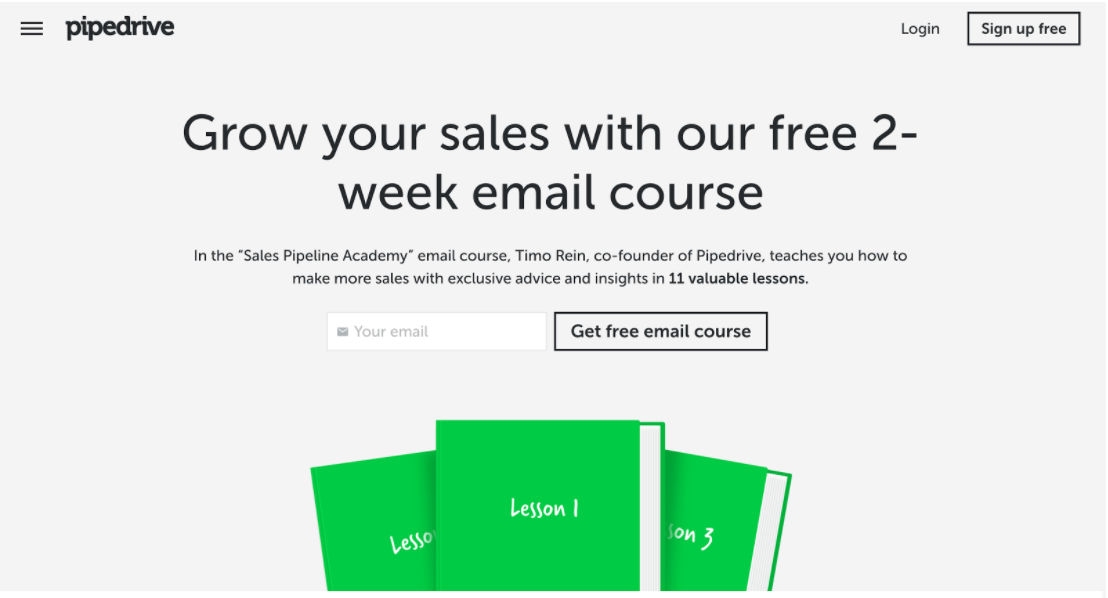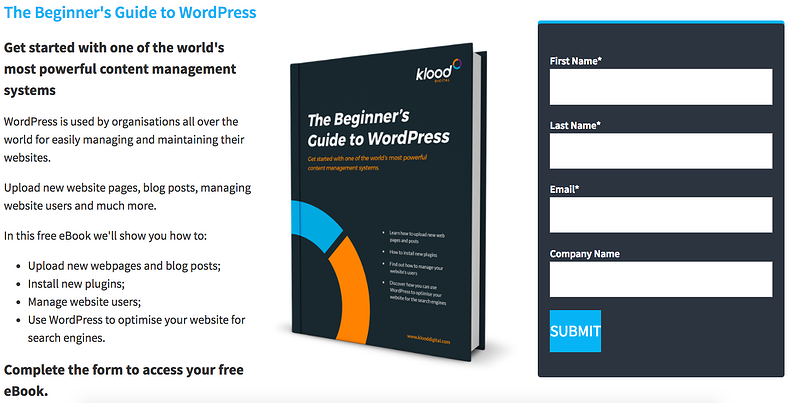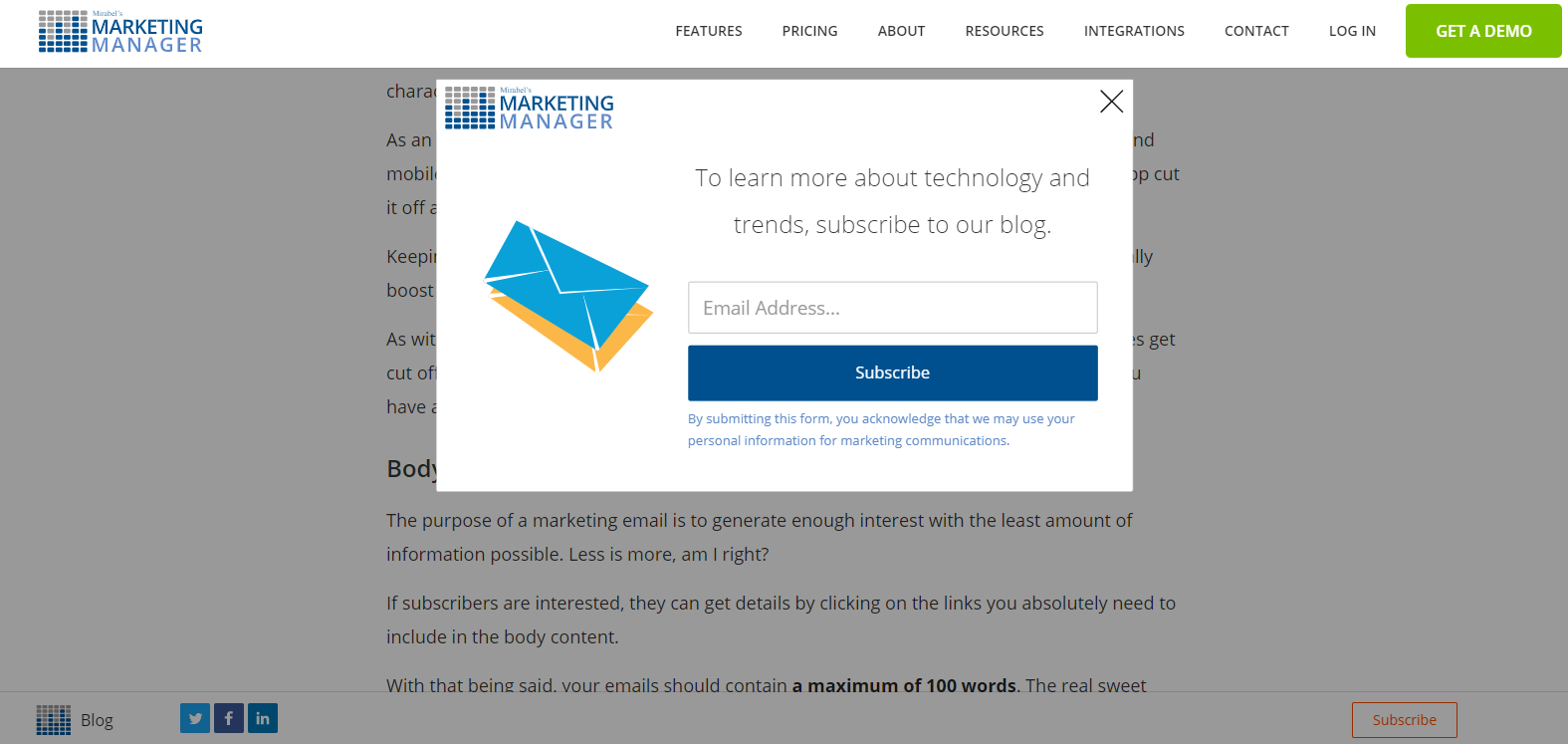Table of Contents
Did you know that nearly 90% of users search for local businesses on the internet?
So, any company with an active website likely has website visitors quietly poking around.
Without a way of identifying these visitors, you’re missing out on hundreds, possibly thousands, of potential customers.
Companies looking to leverage these missed opportunities are using lead identification software, or a CRM with this capability, to identify anonymous web visitors.
What is lead identification software?
“Lead identification” refers to the process of identifying qualified leads from your website traffic.
Lead generation software enables this process by tracking website visitors and logging vital information in a CRM, or a customer relationship management system.
Beyond the data that regular analytics provide, lead identification software can pull publicly available information, such as a user’s:
- Name
- Industry
- Company
- Job title
- Social media profiles
- Images
When coupled with a CRM, lead identification software can then create a user profile, through which you can track a specific user’s interactions with your website. By tracking the web pages a user visits, you can gauge where they are in the sales process.
If you notice, for example, that a lead is frequenting your general digital marketing blogs, you can likely assume that they are in the beginning stages of the buying process.
The best way to target these leads is with more informational content.
Conversely, if a user consistently reads buyer’s guides on your blog or even visits your pricing page, you can likely assume that they are close to making a purchase.
You can target these leads by sending them exclusive offers, case studies, or competitive analyses. Essentially, anything that will encourage them to convert to a customer.
Lead identification software makes these insights, and many more, possible.
Lead Generation Tips
With the right software, identifying leads and subsequently moving them through your sales process can be easy and advantageous.
But, this doesn’t just happen on its own; at least, not without a strategy.
If you are still working out the “how” of it all, don’t fret. Here are six easy ways to make the most of your lead identification software:
1. Gated content
Capturing email addresses and having users willingly opt in to receive email correspondence is key in your strategy. This will facilitate your lead nurturing processes.
Users are more likely to do this if they are getting something worthwhile in return.
Cue: Gated Content.
Gate content can come in the form of whitepapers, ebooks, guides, competitive analyses, case studies or any other exclusive long form content.
Above all, the goal of these content pieces is to provide value to the user, value that they can’t get anywhere else.
Give users a compelling reason to provide their email addresses by ensuring that your gated content is informative and constructive.
Once a user has opted to receive correspondence, you can start targeting them with marketing efforts according to where they are in their buying journey.


2. Forms & CTAs
Along with gated content that is insightful and informative, you will need an effective form and convincing CTA in order to properly capture those email addresses.
Your forms should be comprehensive, but not invasive. You should ask for only the information that is essential for you to be able to properly reach out to a customer in the future.
This may include:
- Email addresses
- Names
- Company
- Company size
- Job title
Keep in mind that, in most cases, all of these fields are NOT required for a productive lead capture.
Again, “Only ask the minimum number of questions necessary, namely those that will get them into your database and help you identify them when they come back.”
Additionally, including the option to sign up using a Google (www.google.com), Facebook, or LinkedIn (www.linkedin.com) account will save users time and make them more inclined to complete the form fill.


An actionable CTA is also fundamental in capturing email addresses.
“Your call to action should be concise …The brevity and directness of a well-written call to action will put the focus on what’s important and remove any distractions.”
Below is an example of an effective CTA:


3. Add qualified prospects to your CRM to jumpstart the lead nurturing process.
Obtaining a user’s email address should not be seen as the end game, but rather the beginning of a consistent and compelling strategy to encourage them to convert to a paying customer.
When used in tandem with a CRM, like Mirabel’s Marketing Manager (www.mirabelsmarketingmanager.com), lead identification software can provide even more.
By recording leads in your CRM, you are enriching your database and making it easier to manage and nurture the relationship with that new lead.
We touched on this briefly already, but it is important to consider the stage that a user is at in their buying process when marketing to them.
The following graphic by Hubspot delineates the type of content that a customer would need at each stage of their buying journey:


4. Reach out to the right people
One of the key pieces of information that lead identification software provides is a website visitor’s job title.
This means that you can adjust your communications based on the team member you’re speaking to.
So, if the contact you have for a particular company is in sales, you can tailor your pitch to mention the benefits that your service could provide the company’s sales team.
Additionally, lead identification software could put you in direct contact with the decision makers of the company.
For example, a CEO or manager would have more say in big purchases than a customer service representative.
By identifying and engaging with influential employees, you can potentially turn a “Maybe” or “We’ll see” into a “Yes.”
5. Retarget website visitors
Have you ever visited a company’s website and then felt like you were seeing their ads all over the internet?
Well, that’s not just your keen observation skills at work, it is a deliberate and commonly used method that companies use to keep their brand at the top of potential customers’ minds.
It’s a strategy called retargeting and, when executed properly, it can be extremely effective.
You can implement retargeting campaigns as part of your PPC campaigns.
For example, Google Ads allows you to retarget to users, either with display ads on other websites or directly on their social media feeds.
Alternatively, you may choose to use a lead identification software with tracking pixels that follow your users around the web and strategically place your ads in front of them.
However, there is a fine line between effective and annoying. It is important to remember to use retargeting strategically.
If you bombard users with excessive ads, it may give them a negative perception of your brand.
On the other hand, seeing your ad only one time after they visit your website may not be enough to compel them to return.
Keap (www.keap.com) provides a few key tips to keep in mind when retargeting:
- “If a customer leaves your site, track them very quickly by placing a retargeted ad on the next website they visit.
- A great time to retarget customers is around the holidays or special events, as marketers can readdress their audience in a more subtle manner.
You can catch their attention with a new product, service upgrade, or an event. - Be sure to evenly distribute the frequency of your customer retargeting. This will make you seem less invasive and protect you from wearing out your welcome.
- Once a customer actually makes a conversion, be sure you don’t pester them with the same ad.
Have a system in place that detects when the purchase was made to stop the ad from appearing or rotate it to another one as a cross-sell opportunity.
- Ensure your retargeted ad includes your company logo so your audience recognizes that it’s from you.
- Retarget customers based on their interests, as it allows you to send a more personalized offer, boosting the possibility of a conversion.”
6. Optimize, optimize, and then optimize some more
This may go without saying, but one of the best ways to ensure that website visitors are converting to leads, and eventually clients, is to make sure your website is up to par.
An optimized website ensures that visitors are able to easily navigate and access the information they need.
If you’re not sure where to start, consider including:
- Chatbots: Chatbots can help by answering questions that could turn a customer from a random web visitor to an engaged, interested lead.
- Help center resources: Once again, value is the name of the game. The more of it that you can provide your customers, the better! A help center with vital resources could help gain customer trust, which is essential when they are considering a purchase.
- (Strategic) Pop-ups: Pop-ups are excellent tools when used properly. For example, you can include a pop-up on an article, so that users can immediately subscribe to your blog if they like what they read.
When using pop-ups, make sure they don’t appear too often and that they don’t appear as the user is entering a web page so you don’t disrupt their journey through your site.


- Webinars: Like help center resources, webinars are yet another way that you can provide users with exclusive, informative content.
Once they sign up, you get their email address and can nurture the customer relationship by sending them more relevant content.
Lead identification software can help inform your optimization strategies.
If you notice that users are consistently bouncing off of a certain web page, check it out to make sure the links work and the content is formatted properly.
Similarly, if you notice that users frequently exit a particular blog after only a few seconds, consider updating it to make sure the content is fresh and relevant.
Conclusion
If you’re looking to generate new leads, lead identification software is a valuable tool.
Coupled with a CRM and the right strategies, it is key in converting those acquired leads into paying customers.
If you’re interested in trying out a CRM with lead identification capabilities, check out Mirabel’s Marketing Manager or click below to get a free trial!
Christie Calahan contributed to this blog.
SEE FOR YOURSELF
Watch an overview to learn how B2B marketing automation by Mirabel Technologies can help you increase traffic, optimize your funnel, drive more leads, improve conversions, and boost ROI — at a price you can afford!

